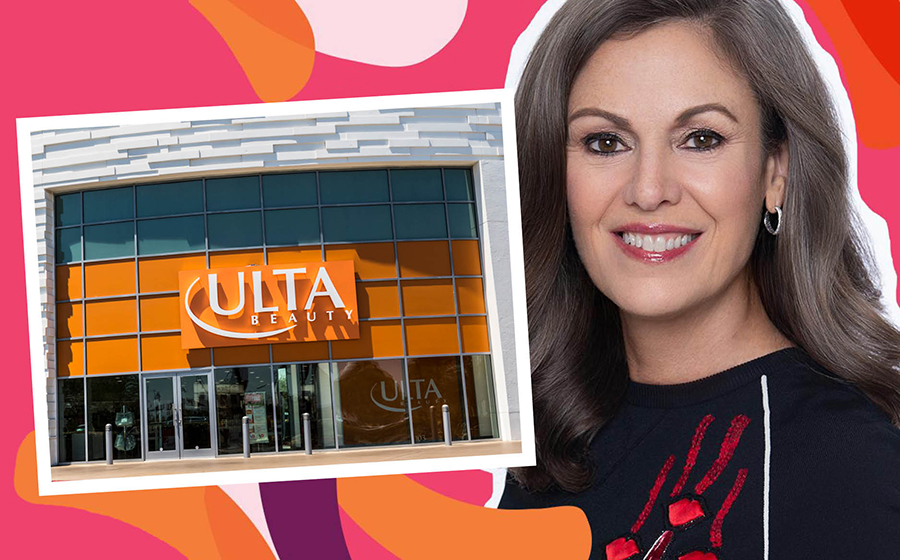Wall Street continually sets itself up as a \”short-termer,\” a piñata stuffed full of a bunch of day-traders that I can\’t whack at hard enough on behalf of the publicly-owned, legacy retail sectors. These are the retailers who are doing the enormously hard and complex work to strategically transform their business models to compete in our new tech-driven world. And these are the businesses that 99 percent of the \”short-termers\” only know by the numbers. Strategy? What\’s that? Much less long-term strategy?
Forget it!
On the other hand, there is the bubbly world of angel and venture investors who are literally fire hosing billions of dollars to tech startups (some not even startups), who are losing more money then they will ever make, with nine out of ten destined to go out of business. Furthermore, most of the founders and employees of those failing 90 percent wouldn\’t qualify for a janitor\’s role in the legacy world. Exaggeration? I don\’t think so. I know I am a contrarian when the investment world thinks these new tech captains of industry are so cool.
So, where am I going with this? I\’m going straight to an incredible example of how numb and dumb the Wall Street piñata is when it comes to understanding long-term strategic vision and a logical explanation for a short-term drop in the numbers.
Passing Judgement
Ulta, the largest beauty retailer in the U.S. with 1213 stores and a storied meteoric rise in sales since 2013 when Mary Dillon took the helm, hit a speed bump in the road last week, and the stock price plummeted 30 percent.
Here\’s what a \”bump in the road\” looks like. They reported second-quarter earnings of $2.46 per share on $1.67 billion in net sales. And even though the results were up over the same quarter a year ago, they were below analysts\’ consensus of earnings estimates of $2.49 per share and revenue of $1.68 billion. Give me a break! Dillon\’s incredible vision and leadership drove Ulta\’s blistering growth from a little over $2 billion in 2013 to close to $6.7 billion last year. This growth placed Ulta into the Fortune 500 annual ranking of the largest U.S. companies based on total revenues, as well as awarded Dillon as one of Fortune\’s 33 most powerful women in 2019. One would think that any halfwit investor would take the time to study the long-term arc of Ulta\’s business under Dillon\’s leadership, as opposed to making a knee-jerk decision based on the numbers that merely define a hiccup.
Why am I not surprised that the short-termers did just what they always do? Based on the numbers they pummeled the stock, which closed on August 30th down $99 per share, to $237.73, or nearly drop of 30 percent, wiping out any gains this year. That also represents a nearly $6 billion loss in the company\’s market cap for the day.
Dillon cited the reason for Ulta\’s miss as an industry-wide issue of maturing beauty trends such as brow styling and other makeup rituals that were juicing up sales. She said in an analyst meeting in late August, \”It\’s clear that cosmetics and the overall U.S. market is challenged. After several years of very strong performance, growth in the makeup category has been decelerating over the last two years, but recently turned negative. Over the past several years, we\’ve seen strong growth in cosmetics driven by new rituals and application techniques. The most recent cycle of innovation has just not driven those behaviors resulting in a soft cycle for the cosmetics category in the U.S. as innovation and newness brought to the market has not driven the expected growth.\”
Furthermore, she said, \”We\’ve adjusted our expectations for the second half of 2019 to reflect the headwinds and volatility we\’re currently seeing in the U.S. cosmetics market.\”
Despite Dillon\’s honest and bold assessment of a negative industry issue driven by new consumer behaviors, Ulta is still scheduled to open 80 more stores this year. What message should the short-termers be taking away from this move? They should more closely analyze Ulta\’s recent past to learn that Dillon will once again strategically adjust and tactically shift to exceed the expectations of the demanding new consumer.
In addition to Ulta\’s roughly 300 percent growth between 2013 and 2018, recent metrics shine a huge light on the ongoing success of this brand. Year over year revenues increased 14.1 percent from 2017 to 2018, against an industry average of 3.3 percent and Sephora\’s 4.3 percent. Ulta\’s three-year CAGR (2016 through 2018) was 19.6 percent vs. the industry average of 3.0 percent and Sephora\’s estimated 6.8 percent. For the same period, gross margin averaged 35.9 percent against an industry average of 30.7 percent (Sephora\’s gross margin was not available). Operating margin was 12.7 percent vs. an industry average of 6.9 percent and LVMH\’s Selective Retailing (includes Sephora) at 10.1 percent. And net profit margin was 9.8 percent vs. LVMH\’s Selective Retailing at 6.7 percent and the industry at 5.4 percent.
Forget the Numbers – Get the Experience
So that I don\’t get accused of the same thing I\’m accusing the short-termers of, while the growth and competitive metrics on Dillon\’s watch are super (and I\’m amazed the numbers didn\’t prevent the investors from pummeling the stock), let\’s consider the brand experience. This is where the rubber hits the road; where the young shopper is embraced by the brand\’s trained associates 90 percent of whom are female.
Here\’s what Dana Wood, a Robin Report contributor and beauty expert had to say in an article she wrote in October 2018 while Ulta was still on fire: \”Maybe America was just itching to latch onto another way to get its lipstick and deep conditioner fix. Naaaaah, that wasn\’t it. Dillon just had such a clear vision for what Ulta – a bit of an odd duck in beauty retailing, given its high/low product mix, in-store salons and unsexy suburban, off-mall locations – could be that she basically willed it into explosive growth.\”
In the article, she goes on to say what Mary Dillon does right.
- She prioritizes the customer experience. Shopping for beauty needs to be fun, not intimidating. Ulta has really nailed the right ratio between covetable, \”I saw that on \’Into the Gloss\’\” merch and approachable associates.
- She gets digital. Again, there\’s a real approachability factor with Ulta\’s Instagram and Twitter accounts. Esoteric and artsy isn\’t the goal here. Rather, it\’s about getting the word out in a straightforward way.
- She\’s profoundly pro-women. Although this should be a given with anyone at the helm of a beauty company, historically, that hasn\’t always been the case. But Dillon is changing all that.
Get a Life Short-Termers!!!
These day traders may make a buck at the end of the day, but not without giving themselves giant indigestion – not to mention causing anxiety to the CEO\’s whose share prices are being attacked. But that\’s the type of gambling culture they are a part of. However, they should study Warren Buffet\’s investment philosophy and how he has made his billions. He was no short termer.
And Mary Dillon is no short termer. With a background that includes C-level roles in McDonald\’s, PepsiCo and U.S. Cellular, she understands the importance of a long-term strategic vision and its superior implementation.
Trust me, she\’ll outfox the gamblers and continue to outperform her competitors.





